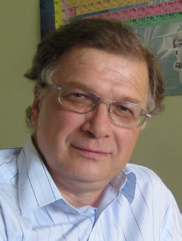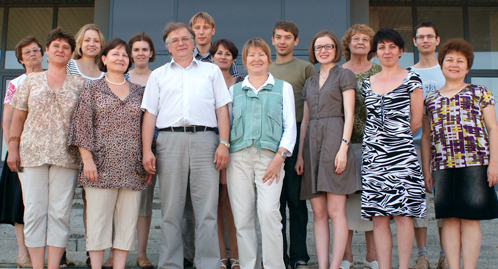Laboratory of calixarene chemistry
The Laboratory was established in 2000.


Main research activity
- The development of methods for stereo- and chemoselective modification of (thia)calix[4]arene platform including the application of click-chemistry approaches. A series of extractants, based on lipophilic stereoisomers of tetrasubstituted by the lower rim (thia)calix[4]arenes derivatives, capable of effectively and selectively extract the high-dangerous radionuclide Tc (VII) was synthesized.
- Synthesis of nanosized molecules with receptor and (or) amphiphilic properties. The first examples of a new class of nanosized macrocyclic compounds – conjugates of (thia)calix[4]arenes and clathrochelates – are obtained. Calixresorcinarene macrocycles forming a continuous phase of thermoreversible gel in neutral aqueous solutions at low concentrations were designed. One molecule of the gelator immobilizes up to 10000 water molecules.
- Construction of supramolecular systems and machines.Supramolecular system based on host-guest complexes of water-soluble calix[4]resorcinarene in which photo induced electron transfer controlled by the pH of the medium was elaborated.
- Design of metal-organic structures (MOF"s). The unique metal-organic framework (MOF"s) formed by decanuclear clusters of silver ions was obtained by supramolecular self-assembly method.
